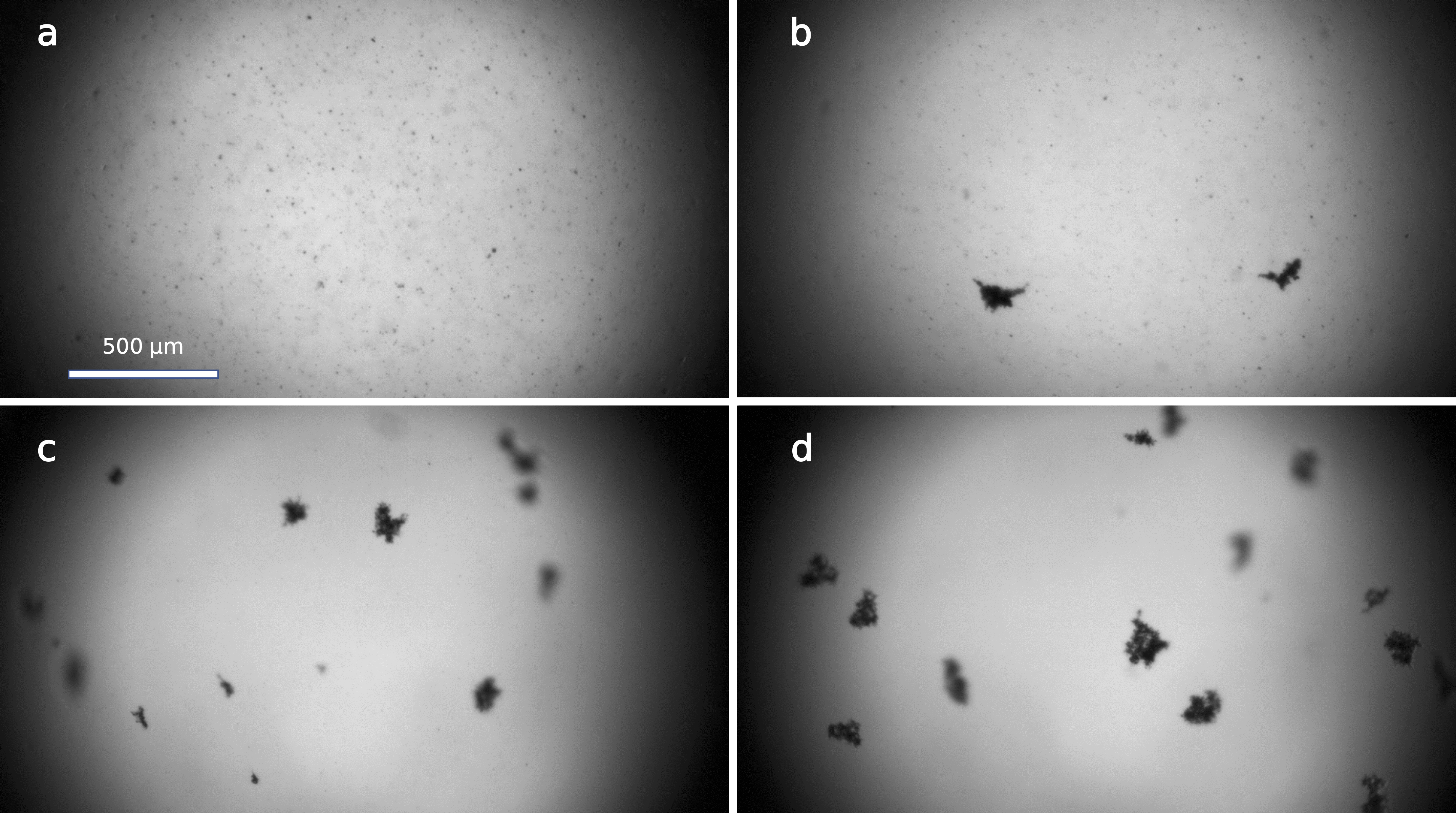PhD student Ehsan Abolfazli recently published a paper in ES&T Water highlighting that runoff from the application of roadway deicing salts could lead to enhanced stream bed impairment. Ehsan shows that the introduction of road salts at levels typical in the New River Valley following winter storms can significantly change the size, and hence settling rate, of small aggregates of fine sediment in streams. The increases settling rate of the suspended sediment could potentially lead to enhanced accumulation of mud on stream beds that is the result of runoff derived road salt making its way into local streams.
See the full paper here: https://pubs.acs.org/doi/full/10.1021/acsestwater.1c00300
Abstract
Deicing road salts have been increasingly used in the United States over the past 80 years. Previous studies have shown that these salts can have deteriorating effects on freshwater organisms. Here, we hypothesize that the introduction of road salts to streamwater can also boost aggregation of mud particles suspended in the water column. Such aggregation, also known as flocculation, enhances deposition rates and may lead to increased accumulation of fine sediment on streambeds, thereby contributing to the degradation of benthic ecosystems. In this laboratory study, we specifically investigate how road salts impact (1) the size distribution of mud aggregates in a turbulent water column and (2) the overall settling rate of the mud. The results showed that adding road salts to water samples collected from a stream in southwest Virginia, USA changed the distribution of suspended particle sizes. The addition of salt led to more of the mud existing in large flocs and an overall increase in average size by about 40%. As a result, the settling rate of the mud increased relative to the suspensions without salt. Our results suggest that potential negative effects of road salts on mud deposition should be investigated further.

